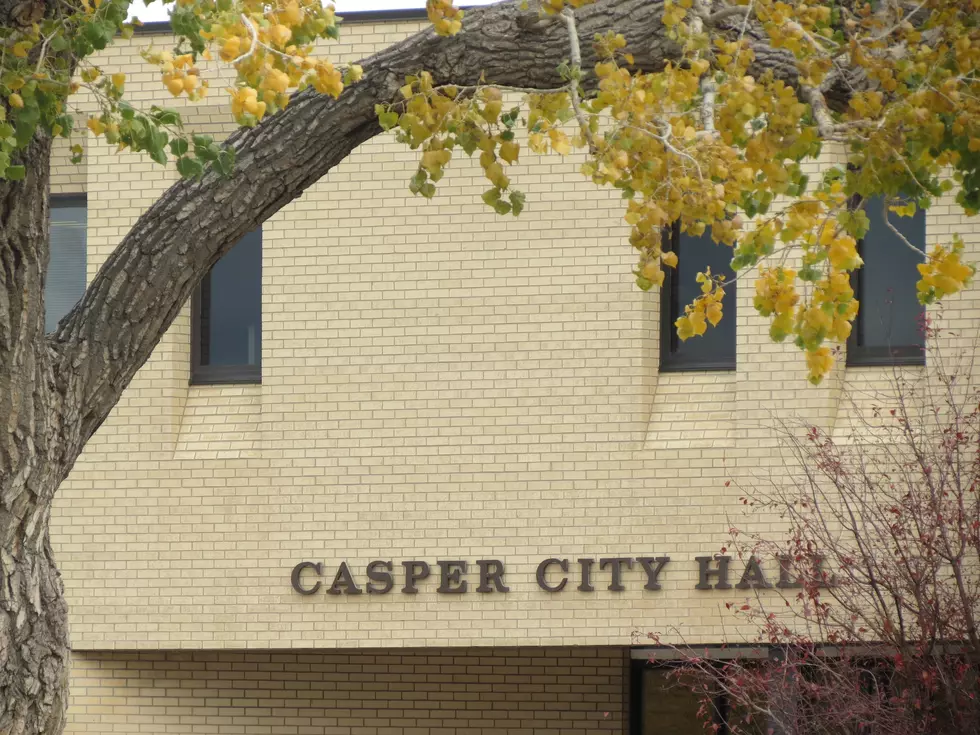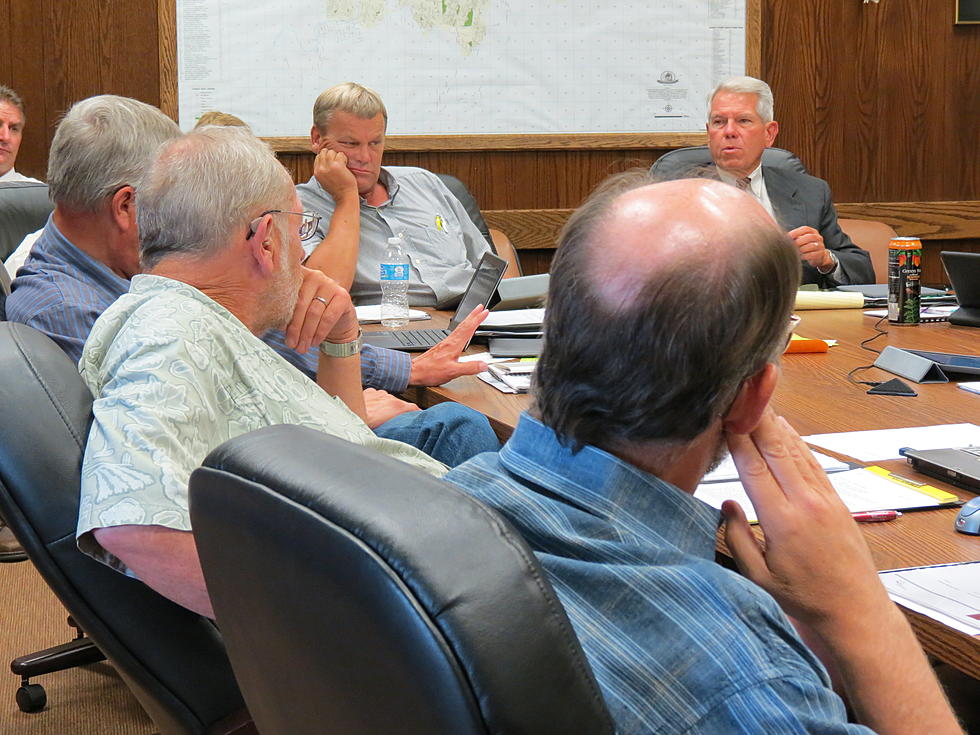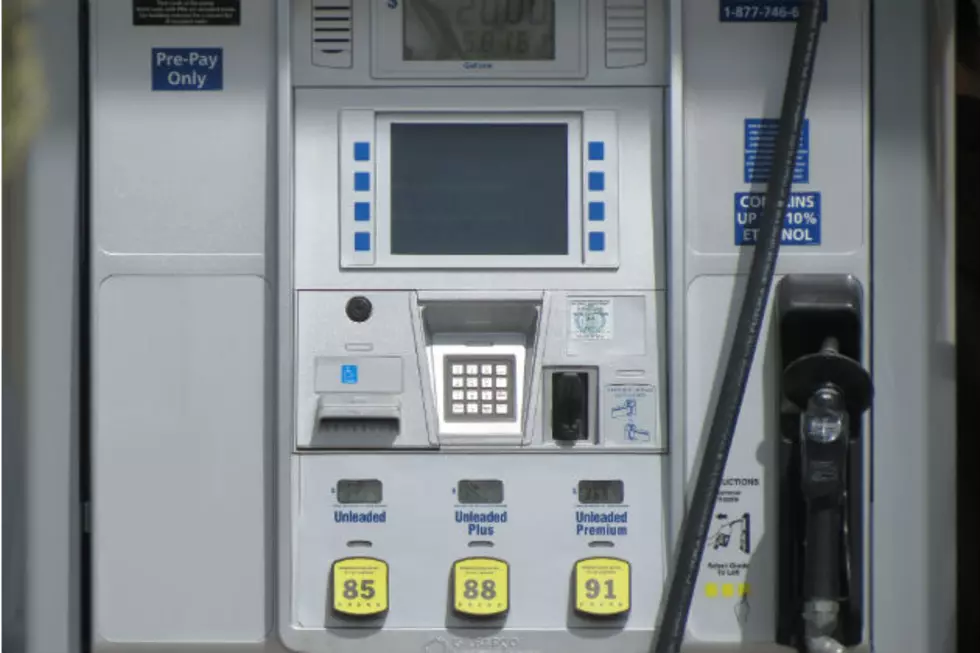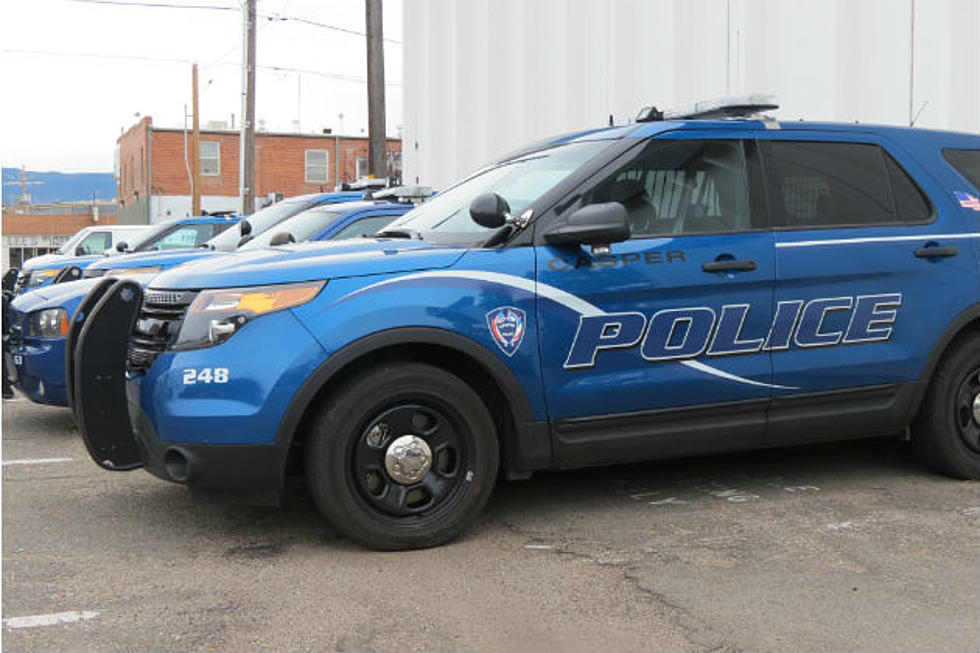
2012 Spring, Summer the Driest in Wyoming History
Much like it was across most of the United States, it was a historically dry spring and summer in Wyoming.
The National Weather Service's office in Riverton confirmed Thursday the recent spring and summer months in Wyoming were the driest in the state’s recorded history.
“Certainly, it’s been one for the record books,” Chris Jones, a meteorologist with the National Weather Service in Riverton, said Thursday.
The National Weather Service says the state was 100 percent drought free in 2011, though conditions in northeastern Wyoming were slightly drier than normal.
In 2012 however, extreme, "D3" drought plagued areas north of the Wind River Native American Reservation, the Big Horn Basin in northcentral Wyoming, and areas east of Interstate 25 and south of Interstate 90. "D4" drought, which the University of Nebraska-Lincoln's U.S. Drought Monitor says is the most extreme of all drought classifications, developed throughout Goshen County and southeastern Niobrara County over the summer.
Severe, "D2" covered the most of the state except for the northwestern corner, where moderate, "D1" drought was found. Areas near Yellowstone National Park reported "D0" drought, the least intense of the U.S. Drought Monitor's five drought classifications.
The U.S. Drought Monitor says much of central Wyoming is currently experiencing extreme, "D3" drought conditions.
Jones says the month of August was historically dry throughout the state.
The state of Wyoming as a whole recorded the driest August over a 118-year period,” Jones said. “There was only 0.12 inches of precipitation on average statewide - that’s only 12 percent of normal, which is right around one inch.”
Jones says meteorologists at the National Weather Service Climate Prediction Center in Silver Spring, Md., expect to see a drier, milder winter throughout Wyoming and the west.
Right now, at least, through early winter through December it looks to be warmer and drier overall,” Jones said. “We have a weak El Niño developing out in the eastern Pacific, so through December it does look like it’s going to be warmer and drier than normal.”
Jones says the Casper area was wetter than the rest of the state in August, but not by much. Only 0.3 inches of rain fell at the Casper-Natrona County International Airport, less than one-third of the approximate one inch statewide average.
More From K2 Radio








![Casper Citizens Turn Out For Second-Annual CityFest [PHOTOS]](http://townsquare.media/site/101/files/2014/08/IMG_0088.jpg?w=980&q=75)
